Hide age to go to war
On a chilly early afternoon in the new year, in a small house on Dinh Cong Street ( Hanoi ), Mrs. Bui Thi Van, 80 years old, sat sipping a cup of hot tea. Her hair was silver, her figure was small, but her eyes still shone with the same strength and resilience as ever.
51 years after leaving the battlefield, she still vividly remembers the days when she gripped the steering wheel tightly, amidst the rumbling sound of bombs, with deep abysses on both sides, and her wounded comrades in the car. "The war is long gone, but to me, everything feels like it happened yesterday," she choked up.
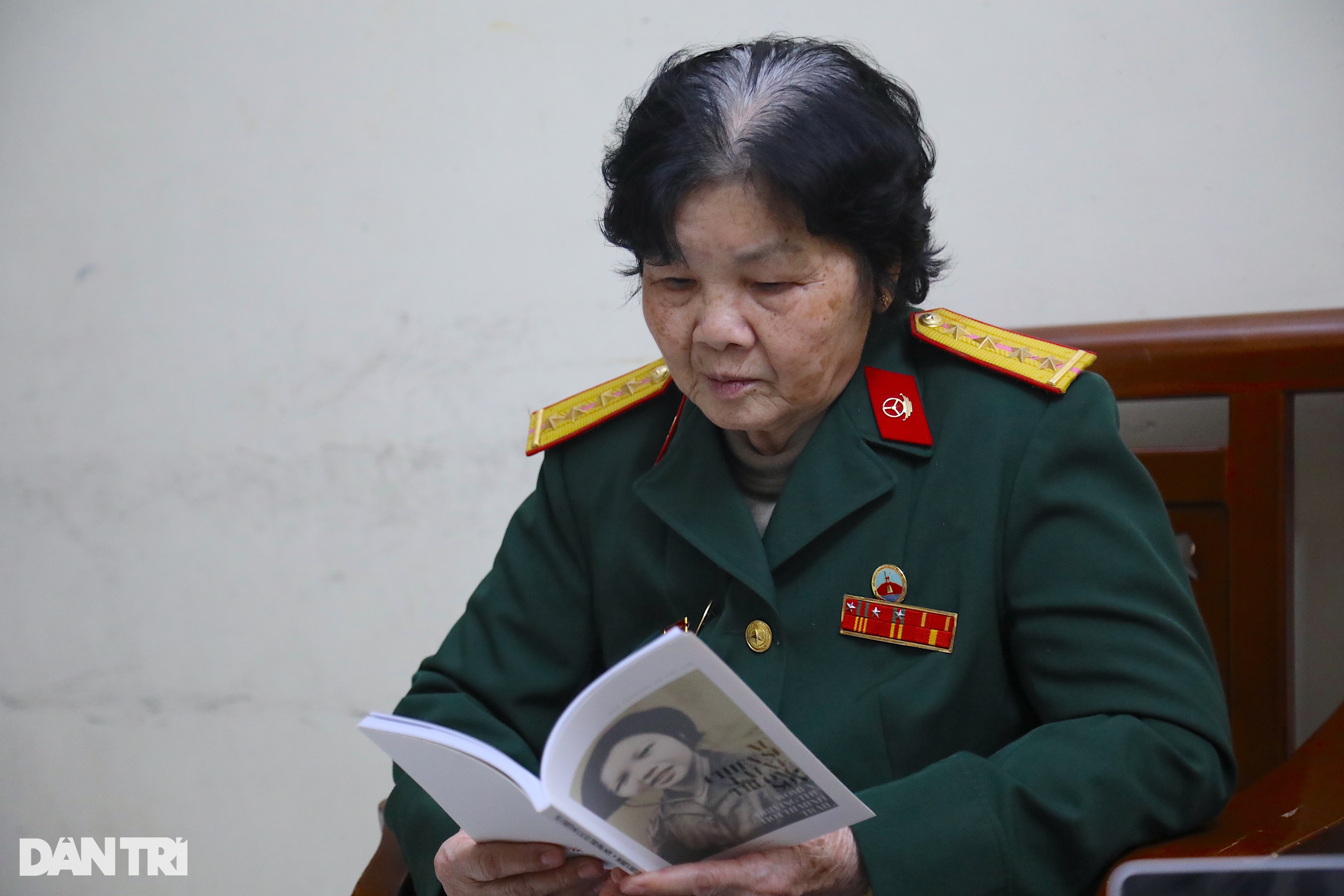
Ms. Van's story was published in the book "Female driver of Truong Son" (Photo: Nguyen Ngoan).
At the age of 16, while working as a nanny in Hai Phong , Ms. Van heard that the country needed young volunteers. Seeing her friends leave one by one, she could not bear to stay. Although she was not old enough to join the army, she decided to lie to get to the battlefield.
"At that time, my parents were very opposed, afraid that their daughter would leave and never return," said Ms. Van.
Despite her family's objections, without saying goodbye, she quietly ran away from home to join the army, only sending a letter home when she arrived. "My parents cried a lot, but I was already on the battlefield, there was nothing I could do but encourage them," she recalled.
For the first three years, her job was to dig roads and fill bomb craters for vehicles transporting troops and weapons to the battlefield. "When I went to the construction site in the morning, I only saw black bomb craters and smoke still billowing. American planes were flying overhead, bombs were falling close to our feet, but everyone gritted their teeth and worked, just hoping the roads would be clear and the vehicles could move," she said.
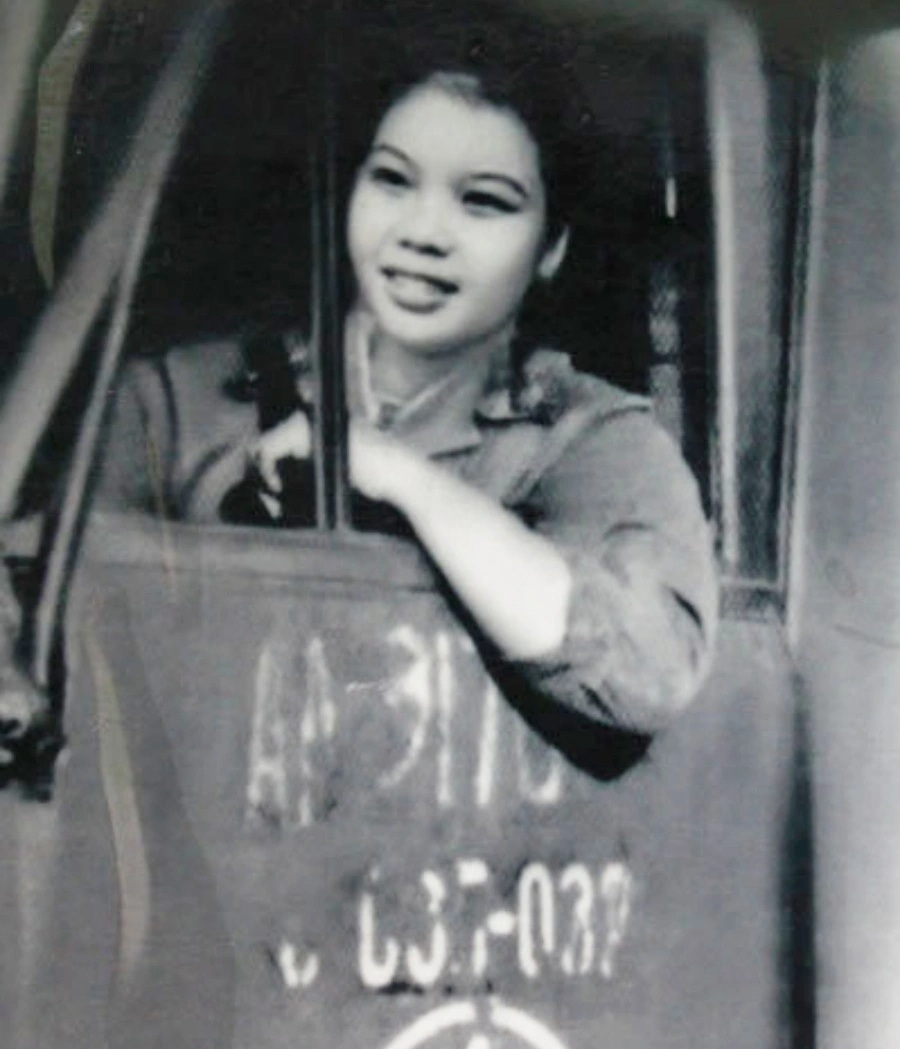
Mrs. Van next to the legendary GAZ car (Photo: Character provided).
In 1968, the US intensified its attacks on Truong Son to cut off the lifeline of support to the South. Meanwhile, there were not enough male drivers, so the Command of Group 559 decided to urgently recruit female volunteers to form a transport driving team.
"Hearing this news, although we knew it was dangerous, I and nearly ten sisters were very happy and eagerly waited to volunteer to go," said Ms. Van.
At the end of that year, she and her teammates went to Nghe An and Thanh Hoa to participate in a 45-day driving training course. The instructors were experienced drivers. They learned how to avoid bomb craters and overcome terrain while driving. In just over a month, everyone was able to drive smoothly on the road.
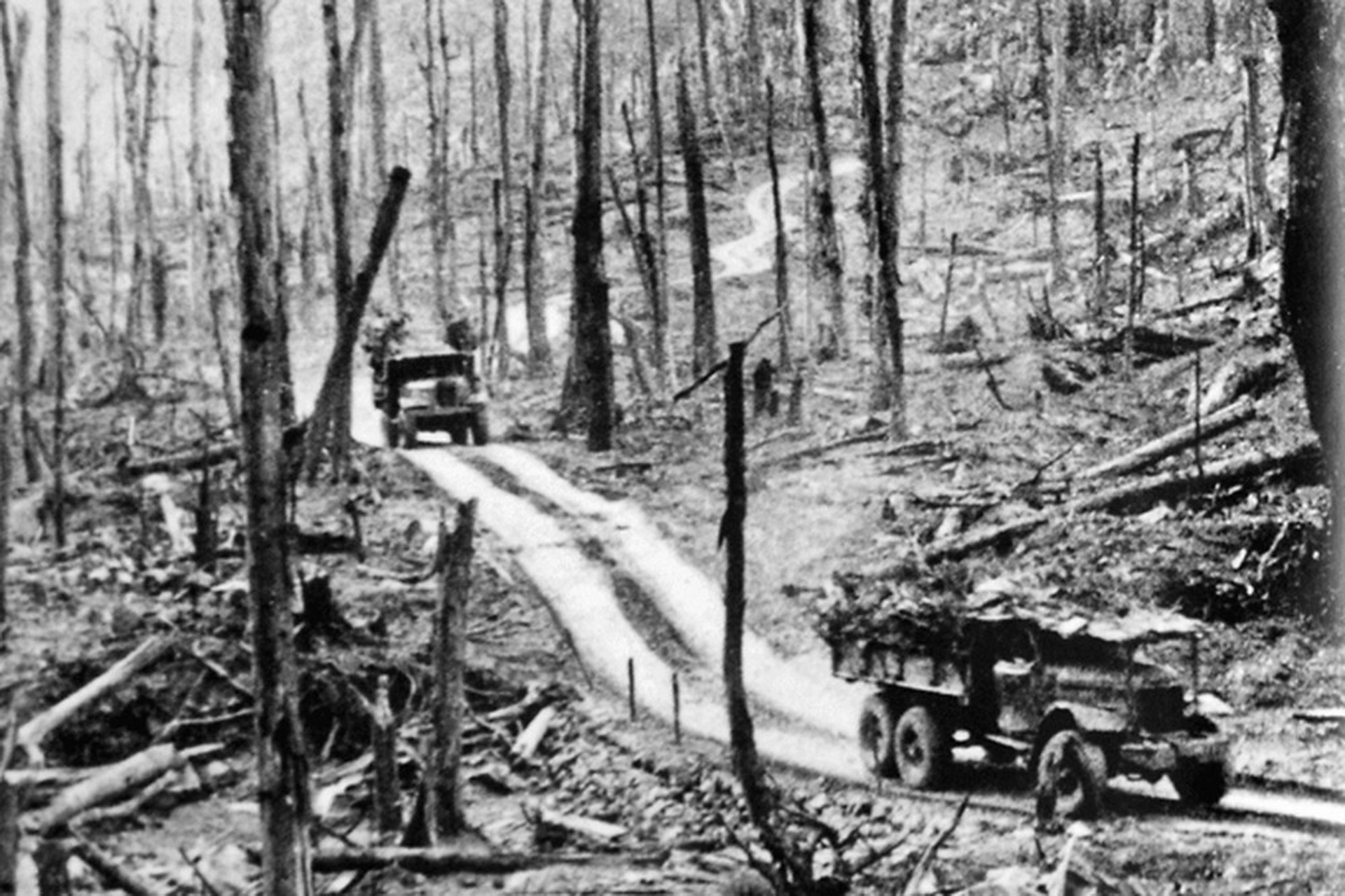
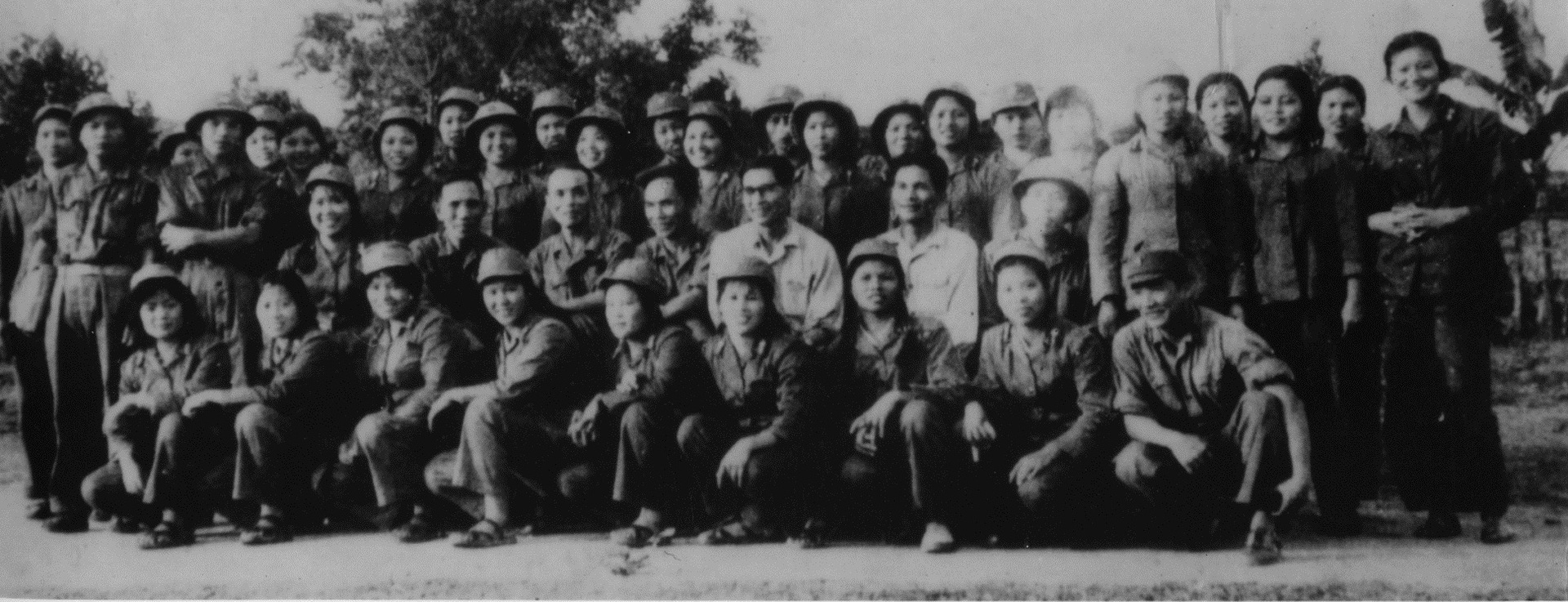
45 girls volunteered to learn to drive, serving the Southern battlefield (Photo: Character provided).
On December 18, 1968, the Nguyen Thi Hanh Female Driver Platoon was born, consisting of 45 girls in their twenties. Their mission was to transport food, weapons, and medicine to the battlefield and to bring wounded soldiers to the rear for treatment.
Among the female soldiers, Ms. Van was known as the "beauty queen" of the regiment, thanks to her petite figure, shiny black hair, radiant face and innocent smile.
Recalling her first trip, despite being trained, when she directly drove on Truong Son Road, Ms. Van could not hide her anxiety. "The driver's seat was high, and we were short, so we had to fold a blanket and put it under the seat to sit, and put a gas can behind us as a support. The road was bumpy, close to the edge of the cliff, and if we were careless, the car would immediately fall down," Ms. Van said.
To ensure safety, the female platoon was initially placed in the middle of the formation, with their male colleagues providing support in both the front and rear. At 5 p.m., the entire convoy of nearly a dozen GAZs from Vinh moved toward the 17th parallel.
At the end of the year, the wind was howling and it was freezing cold. She and her teammates drove, straining their eyes to watch the road, trying to listen to the engine sound of the car in front.
"We were so nervous that we were sweating. Many women couldn't hold back their fear and cried loudly, but no matter how scared we were, the truck still had to move because the goods had to be transported to the battlefield," Ms. Van recounted.
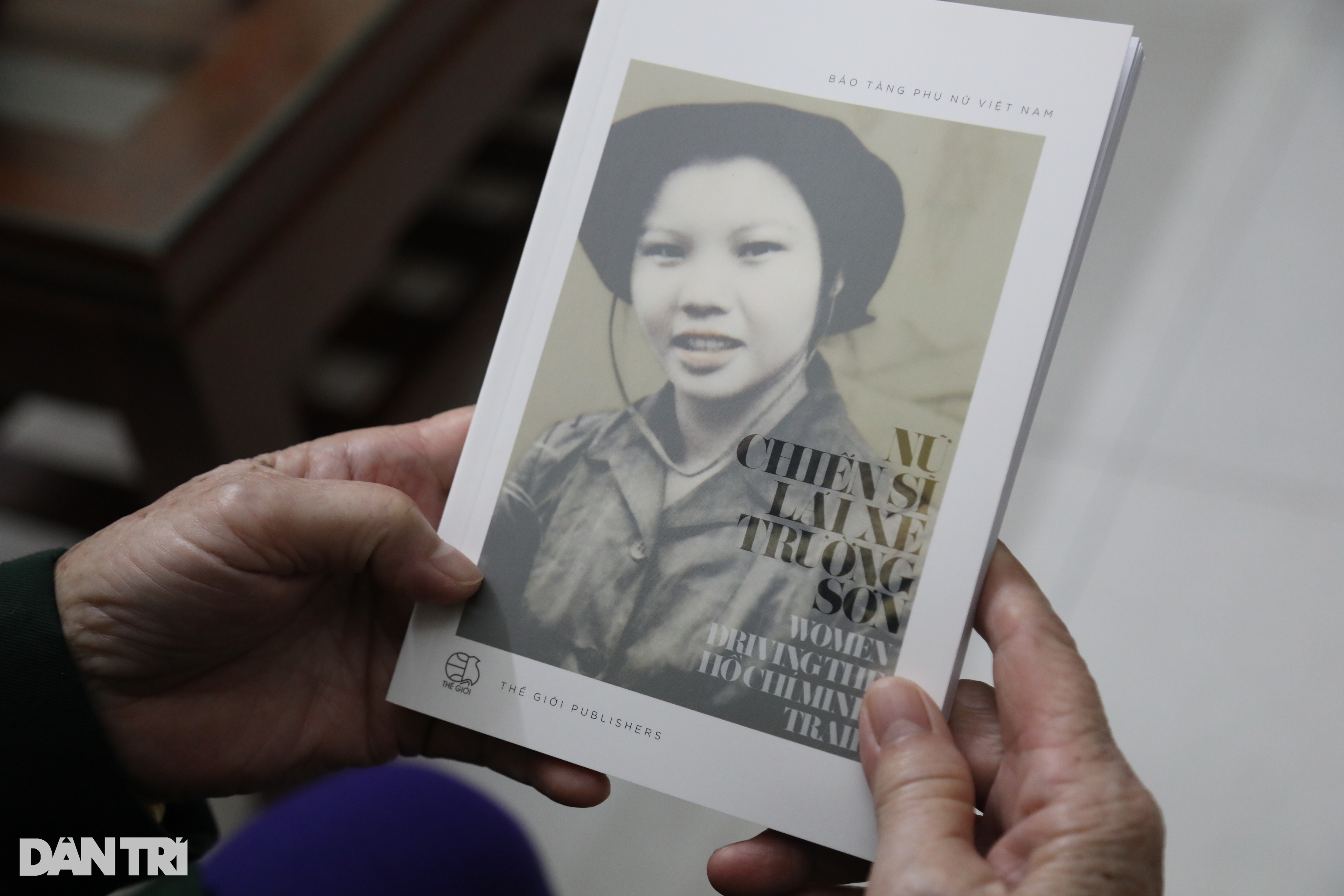
The photo of Mrs. Van's bright smile was chosen as the cover photo for the book "Female driver of Truong Son" (Photo: Nguyen Ngoan).
The Truong Son Road was extremely fierce, constantly being carpet-bombed and bombed by B52s. To minimize losses, the command asked the female driver platoon to switch to driving at night.
The car was camouflaged with tree branches, the headlights were covered, leaving only a small slit of light to guide the way. While driving, they had to fumble, avoid bombs, dodge bullets, cross tunnels, and follow bumpy and dangerous roads.
"There were times when I drove and groped, just hoping for the moon so I could see the road," she recalled.
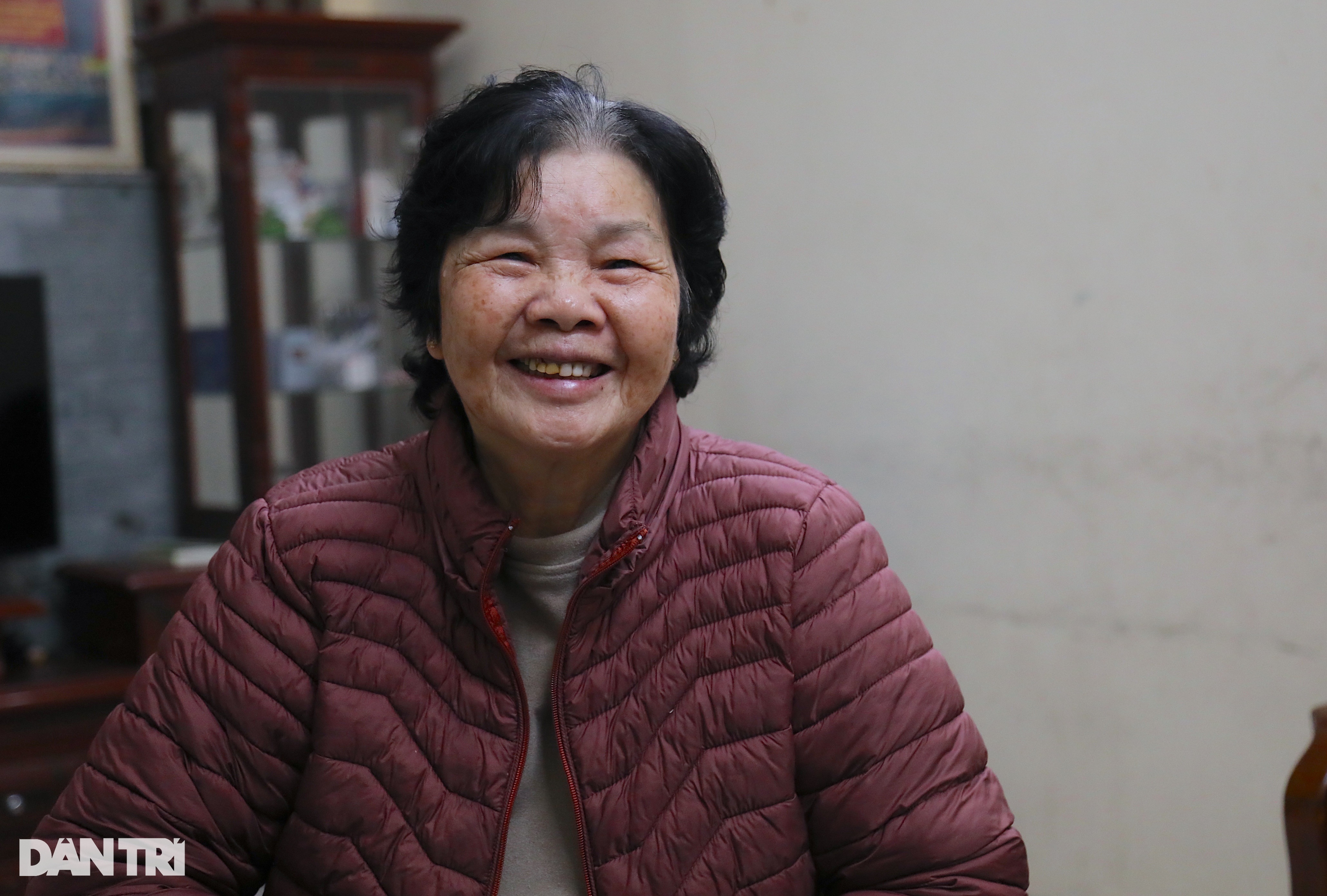
Ms. Van currently lives alone next to her two sons. She shared that she likes freedom and does not want to depend on her children to take care of her (Photo: Nguyen Ngoan).
Once, while transporting wounded soldiers to the North, her car was spotted by an American plane. The wounded soldiers in the back of the car shouted: "You girls just run, save your strength to transport other comrades, we are wounded, it doesn't matter if we die!".
Those words were like a knife cutting into my heart. "Seeing them covered in injuries while protecting the Fatherland, still thinking about us between life and death, I could not allow myself to leave them behind, even if I had to die," she said.
She gritted her teeth and turned the wheel, stepping on the gas and rushing into a small road. Bombs landed close behind, the ground shook. Luckily, the convoy managed to get into a shelter in time, narrowly escaping death.
The Truong Son road is dangerous, the old cars will break down after a few days. The driver has to fix the car himself in the middle of the forest. "I'm not afraid of bombs, I'm only afraid of ghosts. Once the car broke down in the middle of the forest, I cried while fixing it because I was scared," she laughed. Compared to men, women are smaller, each time they change a tire they have to use their whole body to lift the lever to remove the wheel.
Despite the dangers lurking, the female drivers remained optimistic. "We sang loudly as we drove. Bombs fell and bullets exploded, but we still hung bunches of wild flowers in the cockpit and hid letters from the home front in our breast pockets," she recalled.
Life and death were only a hair’s breadth apart, but miraculously, none of the 45 female drivers that year died. Some had malaria and lost all their hair, and their bodies were covered in scabies, but they still clung to the steering wheel, smiling brightly.
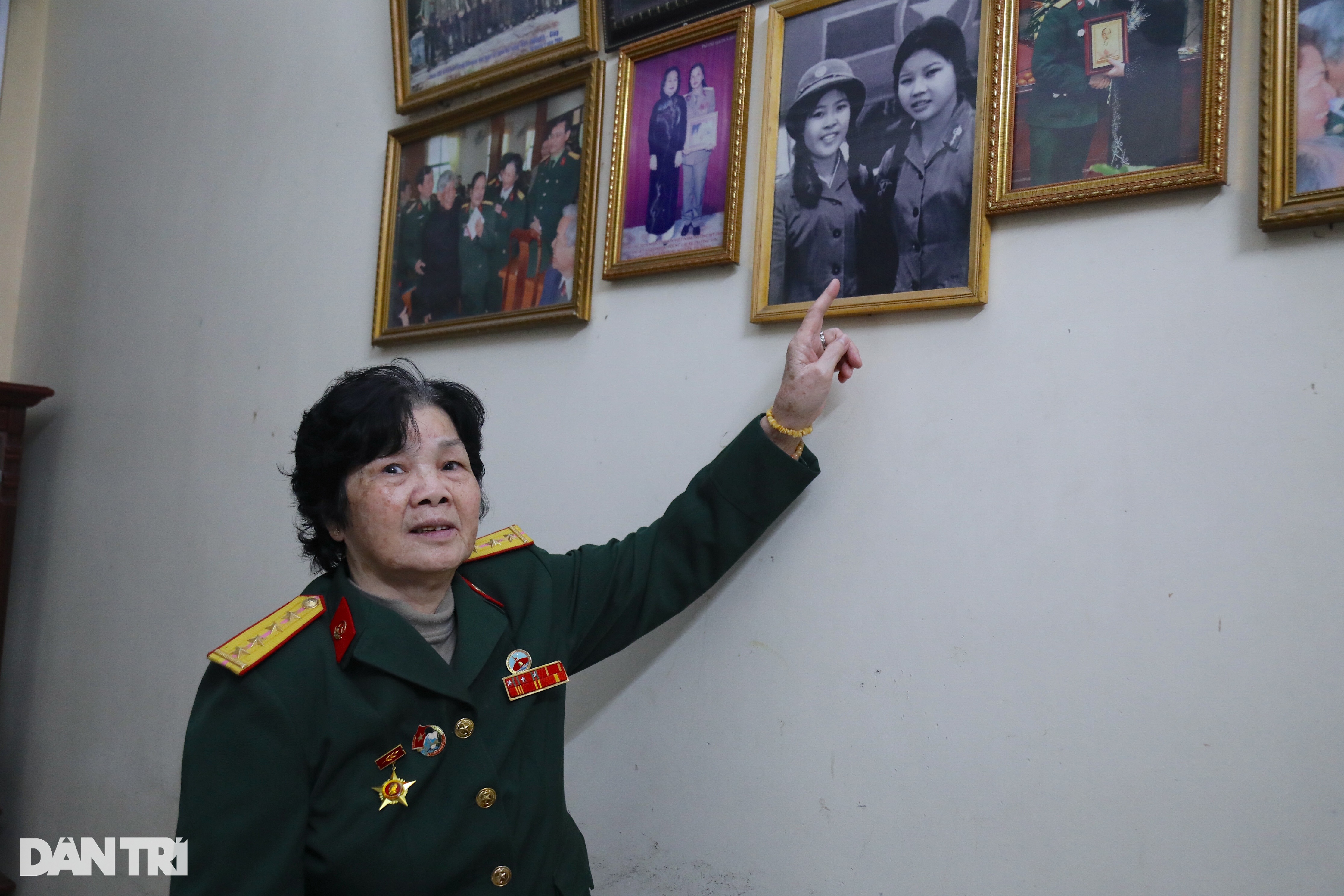
Ms. Van still keeps a photo taken with her close friend (on the left) during the war (Photo: Nguyen Ngoan).
Relationship with the wounded soldier
In late 1970, while transporting wounded soldiers, she met Nguyen Tran Dung - a driver from Hanoi - who had a seriously injured leg. "He couldn't walk, so I had to carry him onto the truck," she recalled.
Lying on the little girl's back, the young man fell in love immediately, but she didn't pay any attention. "Back then, in the army, there was a rule of three exemptions: If you're not in love, don't fall in love; if you're in love, don't get married; if you're married, don't have children. I obeyed it well, so I didn't think about falling in love," she said.
Mr. Don wrote to her under someone else's name. When they met again, he asked if she had received the letter. Mrs. Van teased: "Where is the letter?", making the soldier visibly sad.
"I knew he wrote it but still teased me and asked why he used someone else's name. Mr. Dung said he was afraid I would think he was a war invalid and didn't reply," Ms. Van recalled memories with her husband.
But then, the sentiment of the wounded soldier gradually moved her. On rainy days, Mr. Dung still used crutches to cycle dozens of kilometers to wait for her to drive home. "I asked him: Why do you keep waiting? He said: Just seeing you come home makes me feel at ease," Mrs. Van laughed.
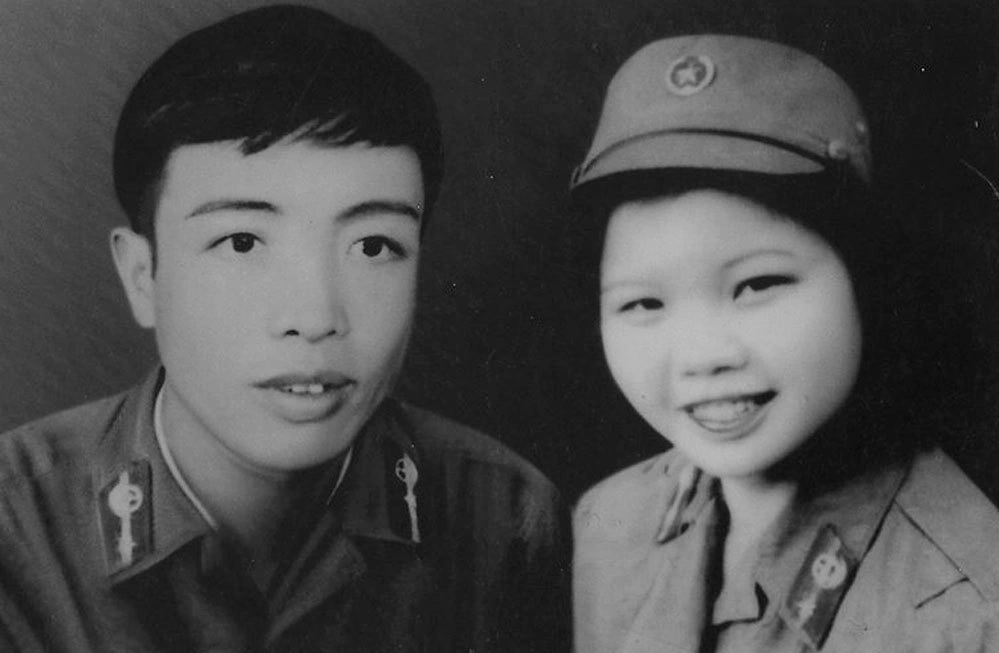
The fateful bus trip in 1970 connected Ms. Van and Mr. Dung together (Photo: Character provided).
That sentence moved her, she accepted his love and became his wife in 1974. In 1975, she was discharged from the army, returned to normal life, farmed, took care of the children, and gave her husband peace of mind to drive and serve on the battlefield.
According to Mrs. Van, from the first day they fell in love until they lived together for decades, Mr. Dung was always a romantic and caring man for his wife. No matter how busy he was, on special days like Valentine's Day, International Women's Day, and Vietnamese Women's Day, he always bought flowers for her, making her always feel warm and loved.
The couple has five children, two boys and three girls, all of whom are now grown and have their own families. More than ten years ago, Mr. Dung unfortunately passed away from illness. Since then, Ms. Van has lived alone, next to her two sons' house because she doesn't want to bother them.
Although the war is long gone, the memories of the heroic years, the trips through bombs and bullets on the Truong Son road are still intact in her mind.
Dantri.com.vn
Source: https://dantri.com.vn/doi-song/gap-lai-nguoi-phu-nu-ha-noi-tung-la-hoa-khoi-lai-xe-truong-son-mot-thoi-20250307134809395.htm


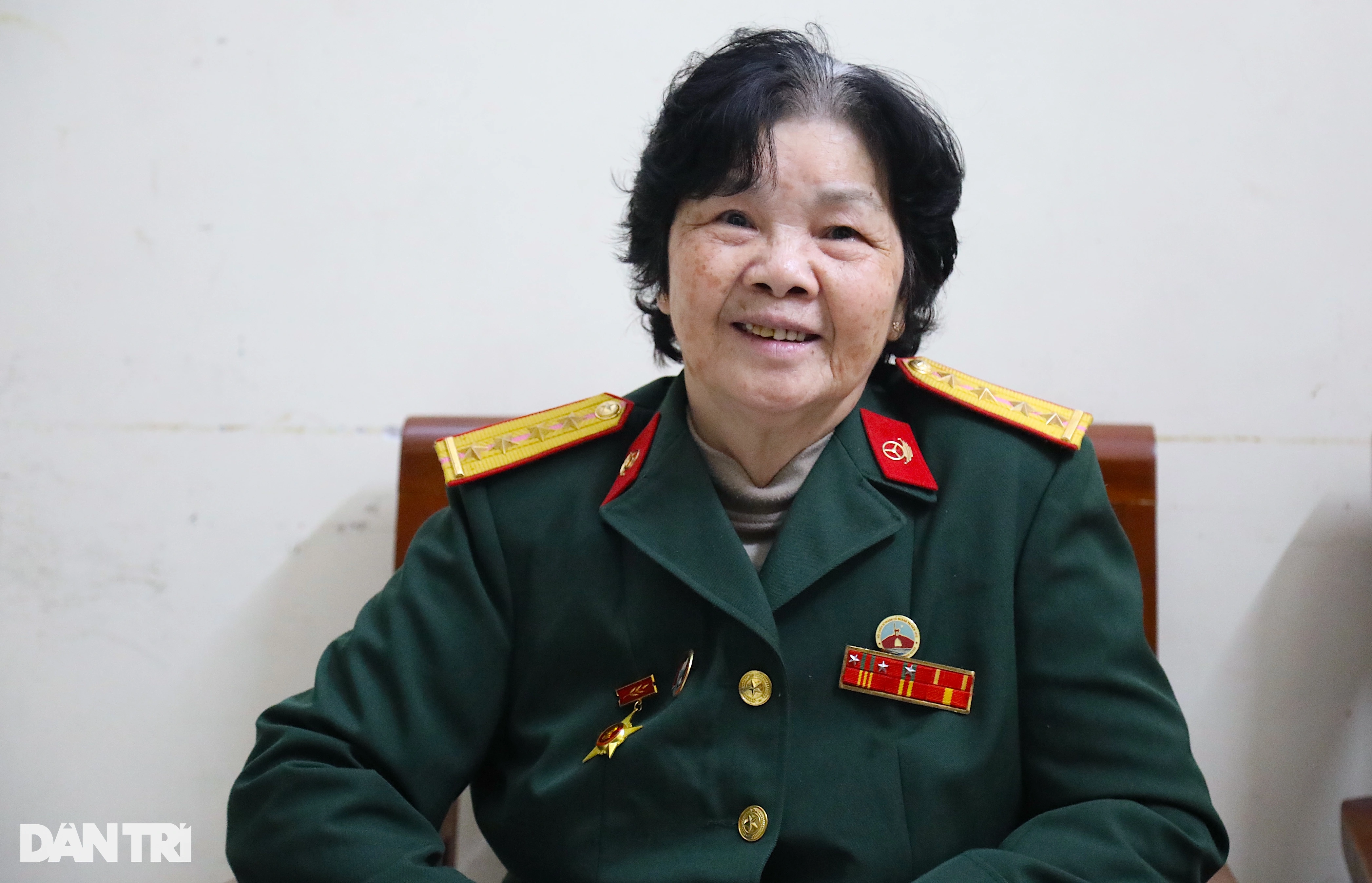
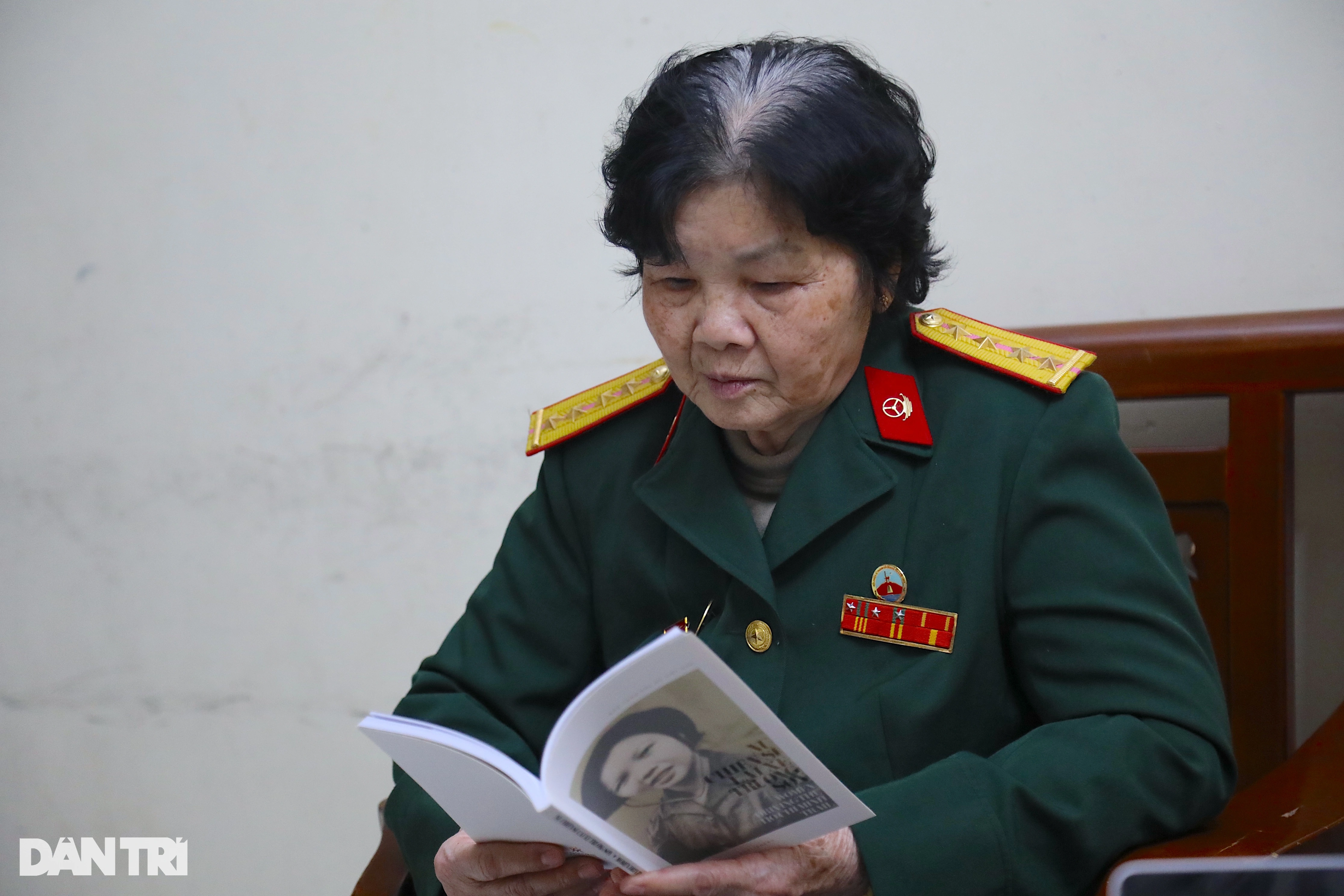
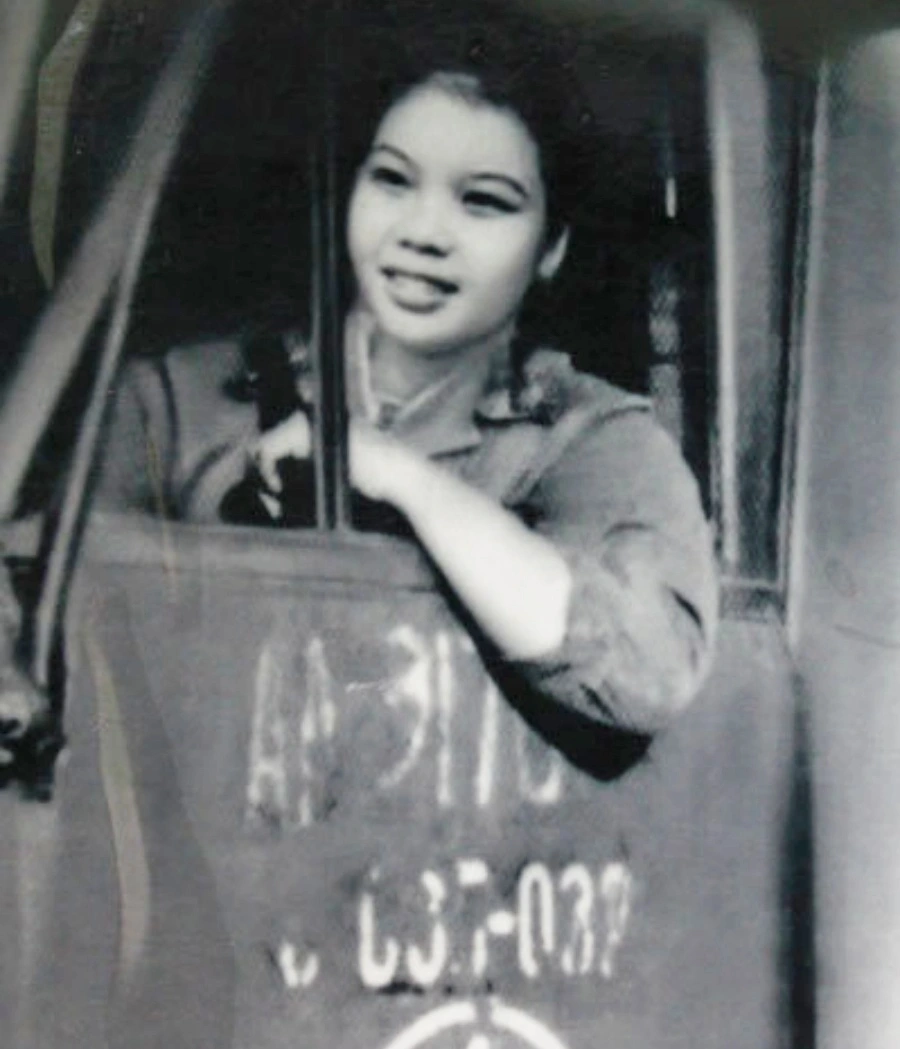
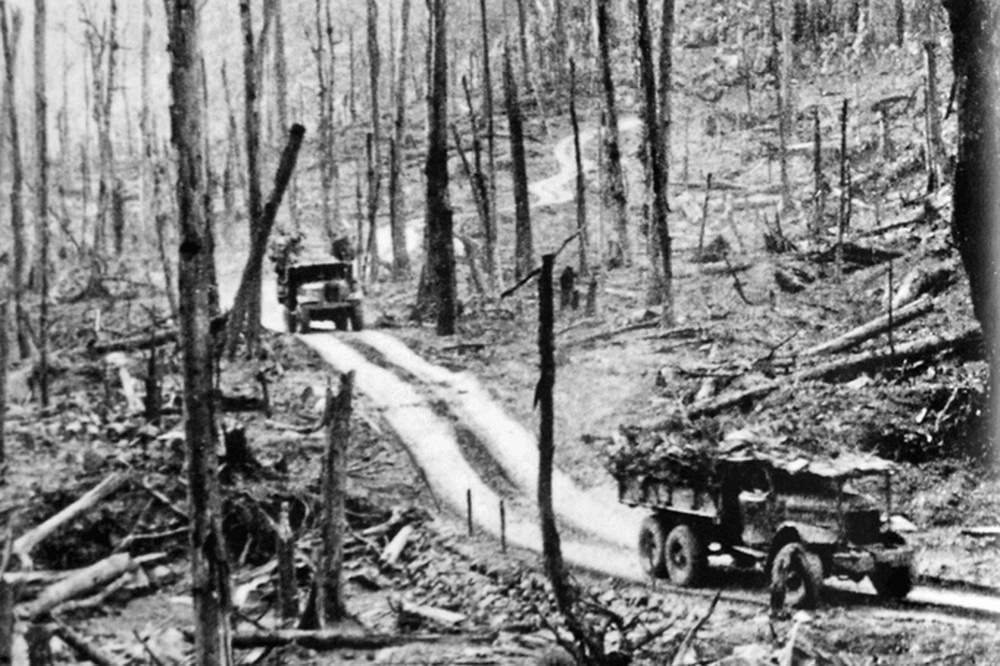
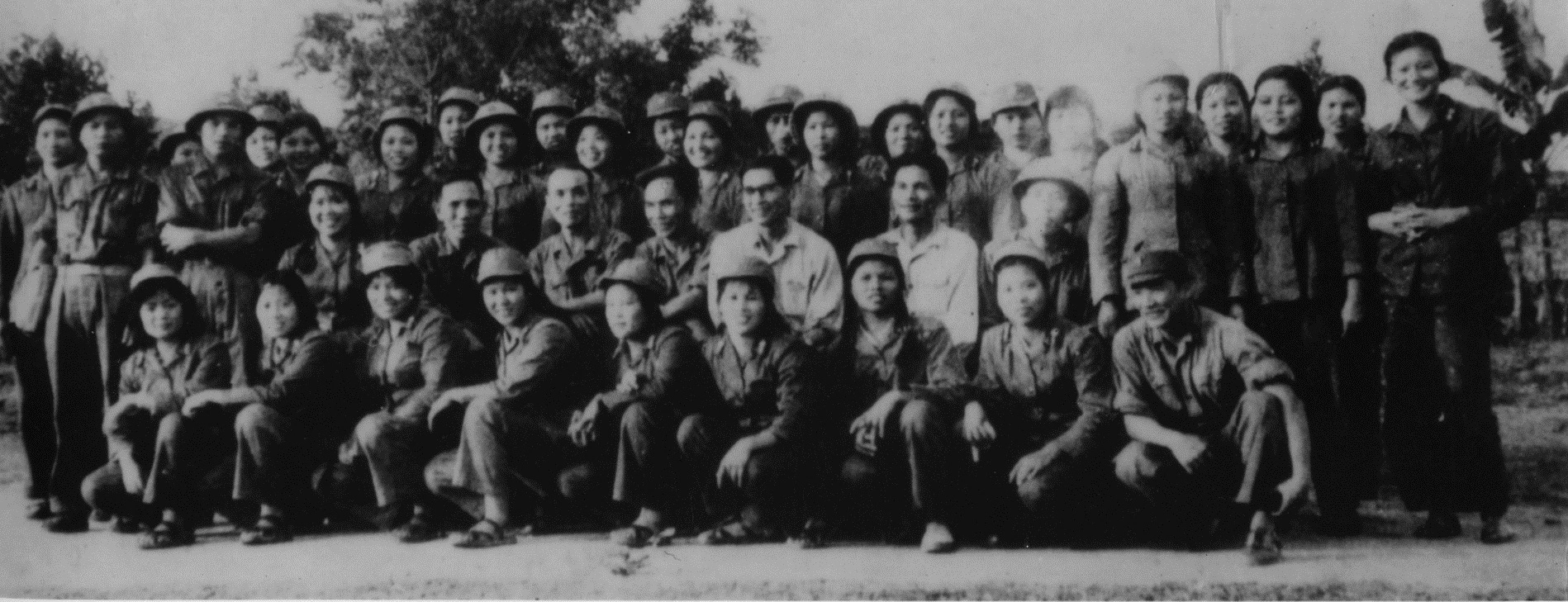
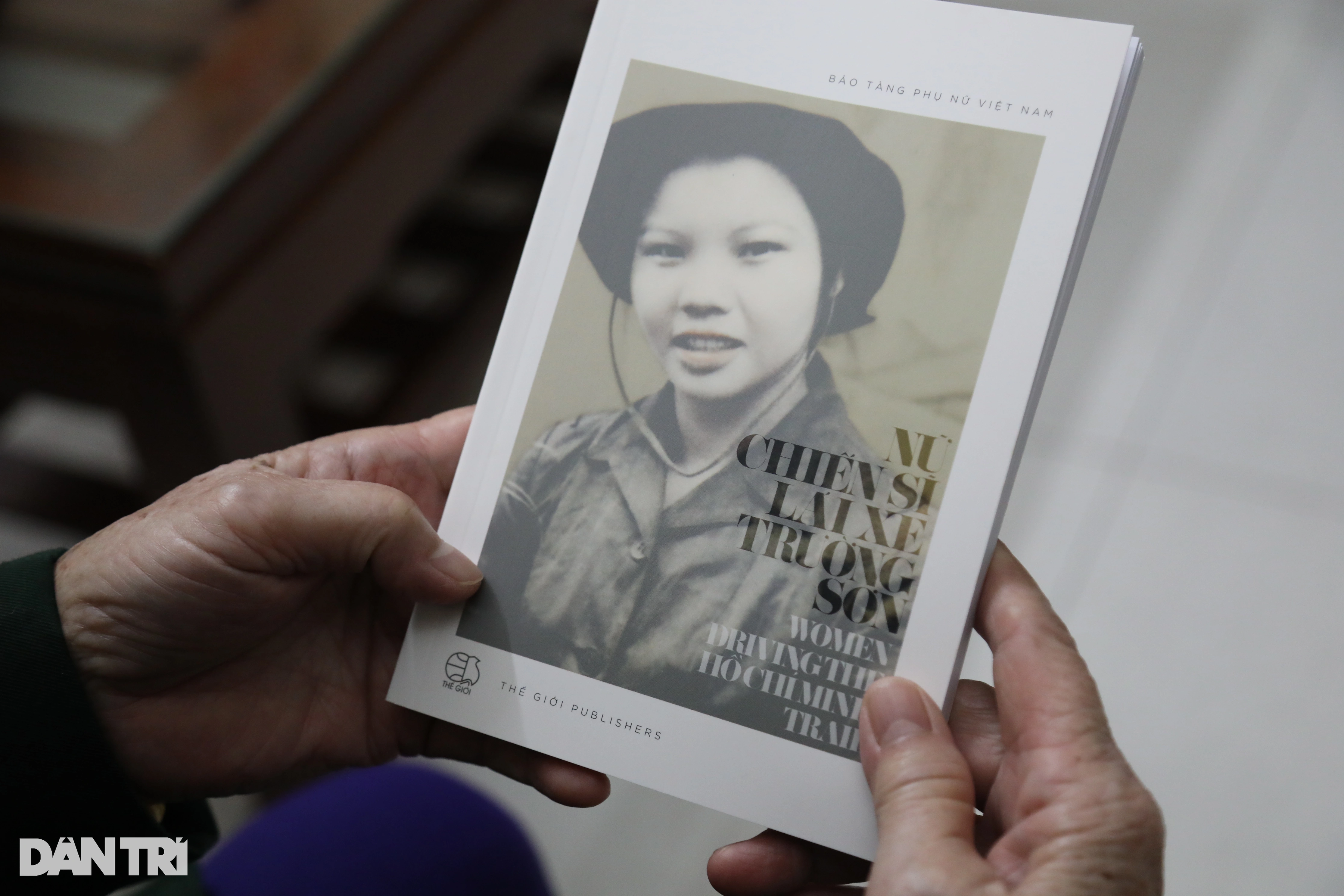
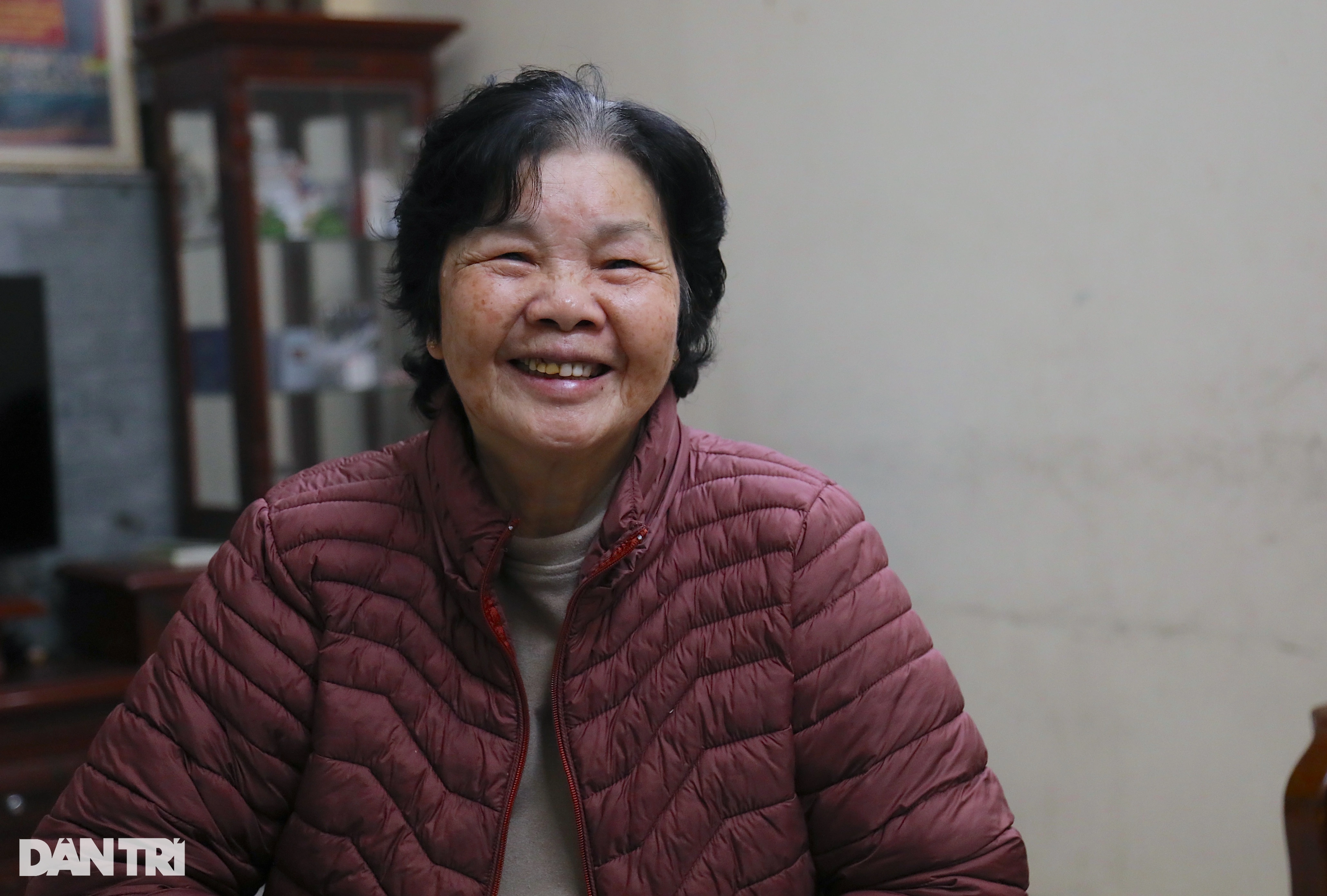
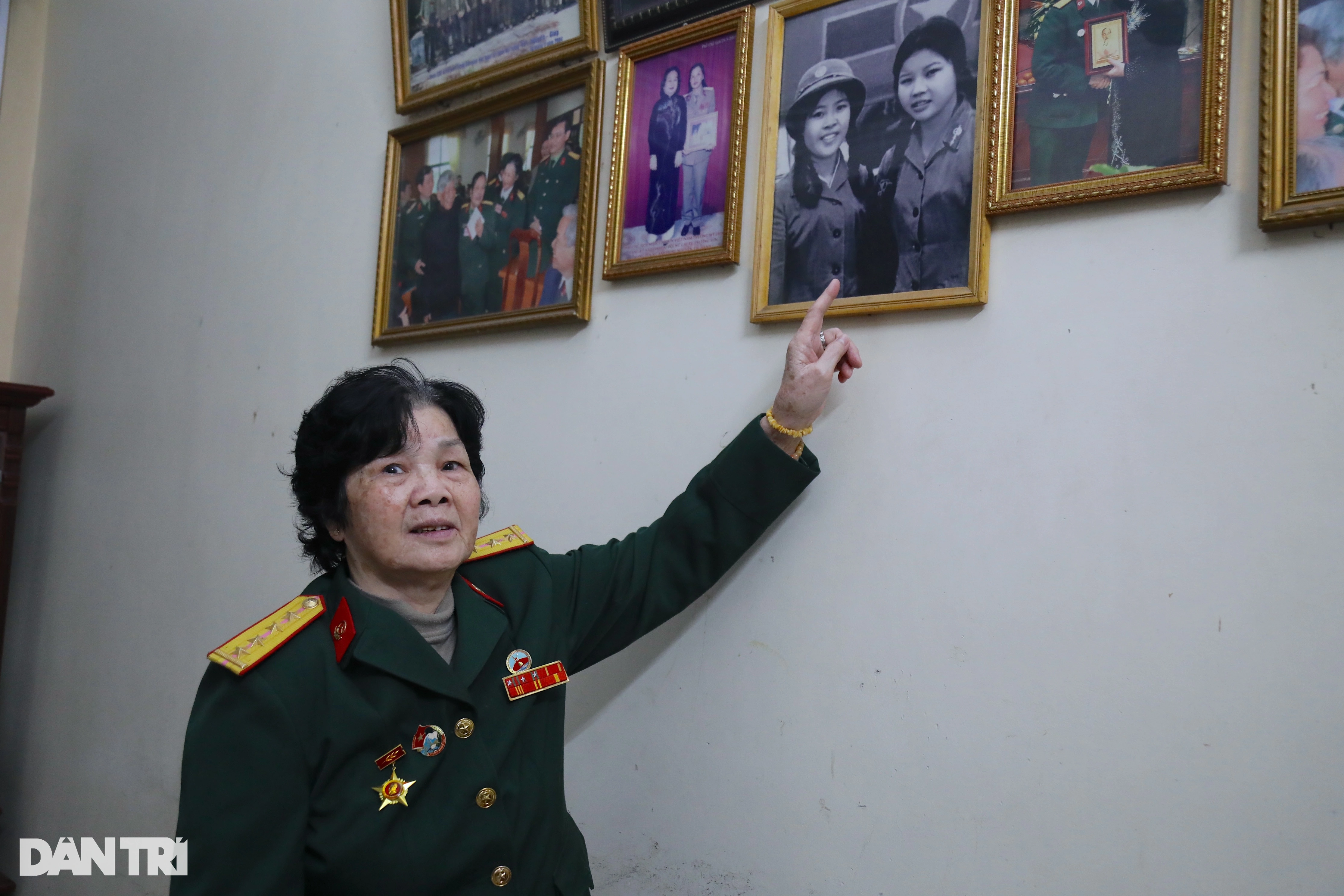
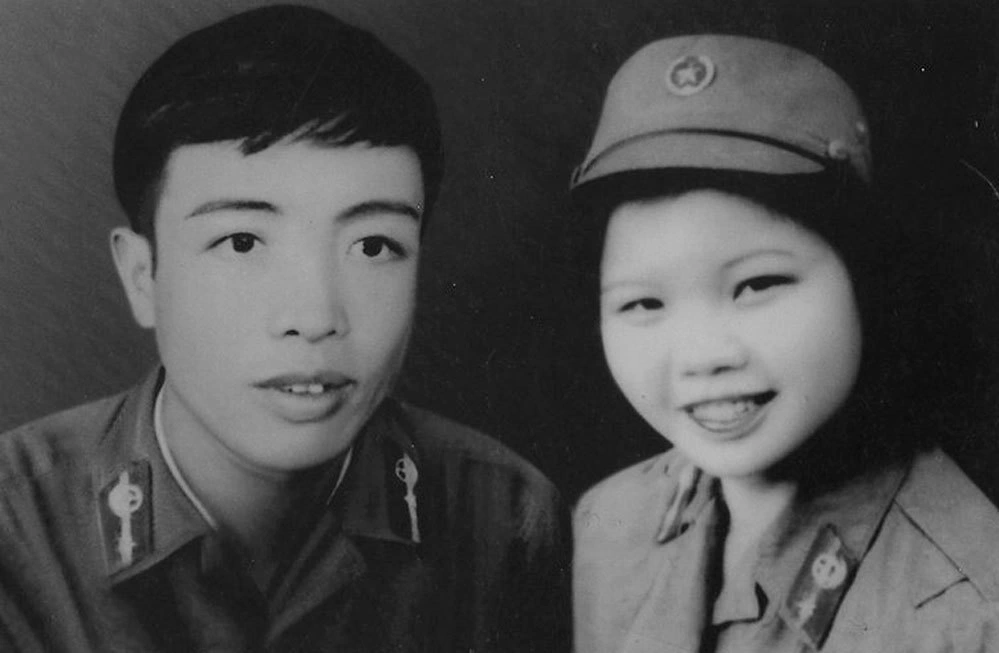
![[Photo] Ready for the top competitions of Vietnamese table tennis](https://vphoto.vietnam.vn/thumb/1200x675/vietnam/resource/IMAGE/2025/5/18/9c547c497c5a4ade8f98c8e7d44f5a41)



![[Photo] Party and State leaders attend the special art program "You are Ho Chi Minh"](https://vphoto.vietnam.vn/thumb/1200x675/vietnam/resource/IMAGE/2025/5/18/6895913f94fd4c51aa4564ab14c3f250)
![[Photo] Many young people patiently lined up under the hot sun to receive a special supplement from Nhan Dan Newspaper.](https://vphoto.vietnam.vn/thumb/1200x675/vietnam/resource/IMAGE/2025/5/18/6f19d322f9364f0ebb6fbfe9377842d3)
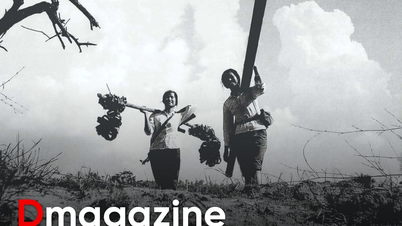
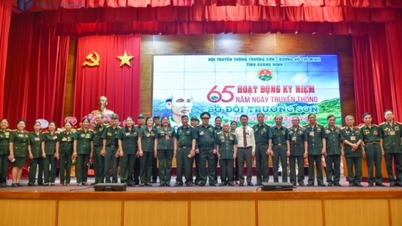



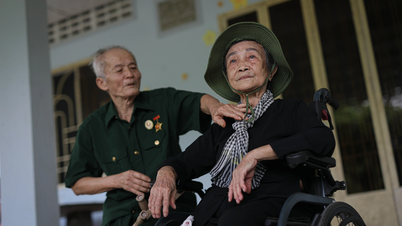




















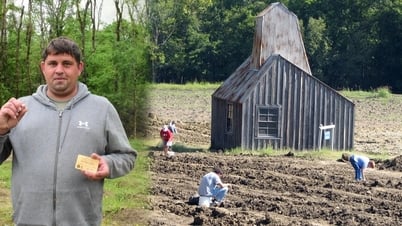








































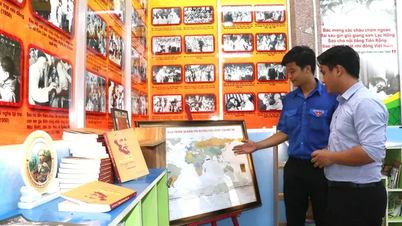
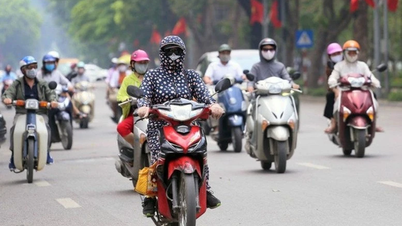

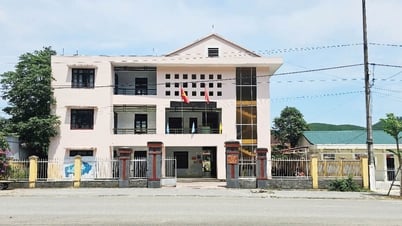



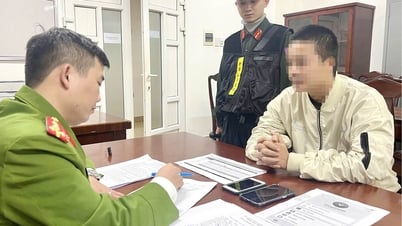
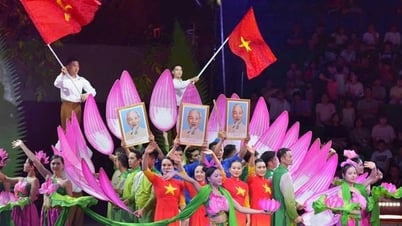










Comment (0)